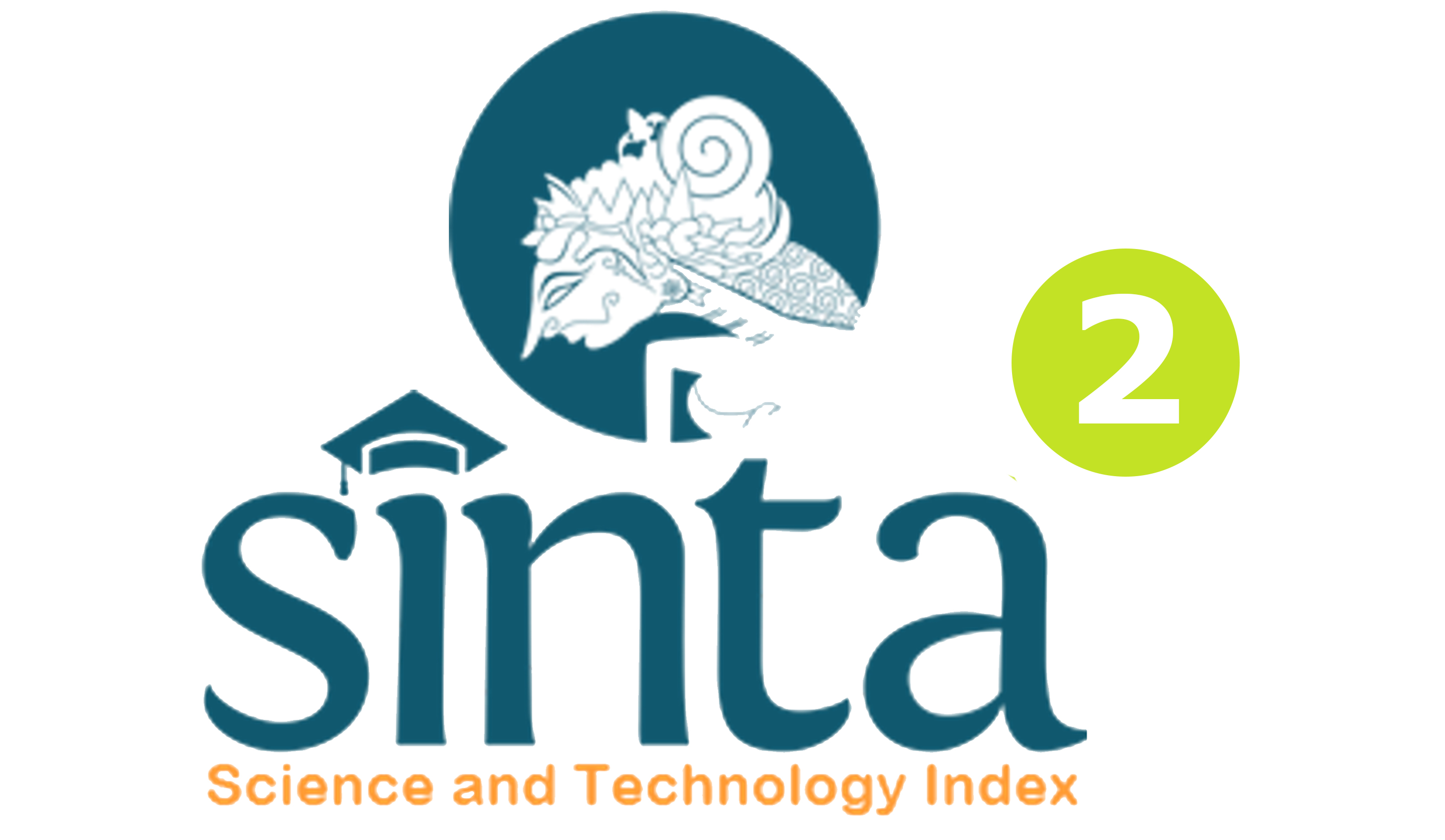The Relationship of Teachers' Personal Competencies and Parents' Permissive Patterns with Adolescent Cyberbullying Behavior
DOI:
https://doi.org/10.23887/bisma.v6i1.45544Keywords:
teachers' personal competencies, parents' permissive patterns, cyberbullying behaviorAbstract
This study was conducted to determine the relationship between teacher personality competencies and permissive parenting patterns with cyberbullying behavior in early adolescents. The subjects of this study were 139 young people at the beginning of junior high school in Mojokerto. The cyberbullying behavior scale consists of 30 authentic items with = 0.958, the teacher's personal competence scale consists of 22 authentic items with = 0.890 and the permissive parenting style scale consists of 26 authentic items with = 0.901. The results showed that the teacher's personality competence and the permissive parenting of parents together had a very significant relationship with the tendency of cyberbullying behavior. The results of the analysis of this study also show that there is a negative relationship between the teacher's personality competence and the tendency of cyberbullying behavior. This means that the higher the teacher's personality competence, the lower the cyberbullying behavior of early adolescents. The correlation between permissive parenting and cyberbullying behavior shows a positive correlation. This means that the more permissive the parenting pattern, the higher the cyberbullying behavior of early adolescents.
References
Adams, D., Young, K., Simpson, K., & Keen, D. (2019). Parent descriptions of the presentation and management of anxiousness in children on the autism spectrum. Autism, 23(4), 980-992.
Archambault, L., Leary, H., & Rice, K. (2022). Pillars of online pedagogy: A framework for teaching in online learning environments. Educational Psychologist, 1-14.
Azwar, S. (2012). Preparation of the Psychological Scale. Yogyakarta: Student Library.
Balakrishnan, V., Khan, S., & Arabnia, H. R. (2020). Improving cyberbullying detection using Twitter users’ psychological features and machine learning. Computers & Security, 90, 101710.
Carley, K. M., Malik, M. M., Kowalchuck, M., Pfeffer, J., & Landwehr, P. (2015). Twitter usage in Indonesia. Available at SSRN 2720332.
Chen, M., Cheung, A. S. Y., & Chan, K. L. (2019). Doxing: What adolescents look for and their intentions. International journal of environmental research and public health, 16(2), 218.
Choi, K. S., Earl, K., Lee, J. R., & Cho, S. (2019). Diagnosis of cyber and non-physical bullying victimization: A lifestyles and routine activities theory approach to constructing effective preventative measures. Computers in Human Behavior, 92, 11-19.
Elliot, M. (2008). Bullying, A Practical Guide to Coping for Schools, 3rd Edition. . London: Pearson Education in association with Kidscape.
Gibson, A. N., & Martin III, J. D. (2019). Re‐situating information poverty: Information marginalization and parents of individuals with disabilities. Journal of the Association for Information Science and Technology, 70(5), 476-487.
Hogan, M., & Strasburger, V. C. (2018). Social media and new technology: A primer. Clinical Pediatrics, 57(10), 1204-1215.
Jabbarov, U. (2020). Individual Psychological Characteristics Of Students In Teaching Foreign Language Sciences. Журнал иностранных языков и лингвистики, 1(1), 38-42.
Katz, A. (2012). Cyberbullying And Safety. London and Philadelphia: Jessica Kingsley.
Kemkominfo. (2020, February 9). Retrieved from kemkominfo: https://kominfo.go.id/index.php/content/detail/3980/Kemkominfo%3A+User+Internet+di+Indonesia+Capai+82+Million/0/berita_satker,
Kintonova, A., Vasyaev, A., & Shestak, V. (2021). Cyberbullying and cyber-mobbing in developing countries. Information & Computer Security.
La Hadisia, Z. S., Momoc, A. H., & Musthand, Z. (2019). Madrasas strategy to overcome bullying behaviour (The study about student private Islamic Senior High School (MAS) in Kendari). International Journal of Innovation, Creativity and Change, 6(1), 314-345.
Lauricella, A. R., Herdzina, J., & Robb, M. (2020). Early childhood educators’ teaching of digital citizenship competencies. Computers & Education, 158, 103989.
Leonardi, & Emilia. (2013). The Relationship between Social Competence and Cyberbullying Behavior Performed by Adolescents Aged 15-17. Journal of Personality and Social Psychology, 79-89.
Lian, B. (2020). Giving creativity room to students through the friendly school’s program.
Mulyasa. (2015). Teachers in 2013 Curriculum Implementation. . Bandung: PT Rosdakarya.
Natalia, Novotasari, D., & Nurhayati, R. (2013). Types of Parenting Patterns Related to Bullying Behavior in High Schools in Semarang Regency. Journal of Mental Nursing, 49-59.
Parenting, I. (2020, February 10). Anak Bisa Jadi Korban Bully di Rumah. Retrieved from Parenting: http://www.parenting.co.id/usia-school/anak-bisa-jadi-korban-bully-at-rumah
Patchin, J. W., & Hinduja, S. (2020, February 10). The Influence of Parent, Educators, and Peers. Retrieved from cyberbullying: https://cyberbullying.org/cyberbullying_emotional_consequences.pdf
Pertiwi, M., & Juneman. (2012). The Relationship Between Types Of Parenting Parenting With The Tendency To Be Perpetrators And/or Victims Of Bullying In High School Students In South Jakarta. Jakarta: BINUS University.
Priyatna, A (2012). Parenting in the Digital World. Jakarta: Gramedia Compass.
Rahayu, S. (2012). Cyberbullying as the Impact of the Use of Information Technology. Journal of Information Systems.
Rojai, & Romadon. (2013). Teacher Certification Guide Based on the Law on Teachers and Lecturers. Jakarta: Smart World.
Santrock, J. (2007). Teenager. Benedictine Widyasinta Translation. Jakarta: Erlangga.
Setyawan, D. (2020, January 20). bullying and character. Retrieved from kpai: http://www.kpai.go.id/berita/kpai-kasus-bullying-dan-pendidikan-karakter/
Shariff, S., & Hoff, D. L. (2016). Cyber bullying: Clarifying legal boundaries for school supervision in cyberspace.
Sugiyono. (2008). Qualitative Quantitative Research Methods And R&D. Bandung: Alphabet.
Sulaiman, R. (2020, February 10). penyebab cyberbullying. Retrieved from detik: http://inet.detik.com/read/2014/09/30/092404/2704919/398/salah-satu-penyebab-maraknya-cyberbullying
Wahanisa, R., Prihastuty, R., & Noho, M. D. H. (2021). Preventive Measures of Cyberbullying on Adolescents in Indonesia: A Legal Analysis. Lentera Hukum, 8, 267.
Yuyarti. (2018). Overcoming Bullying Through Character Education. Journal Kreatif, 52-57.
Downloads
Published
Issue
Section
License
Copyright (c) 2022 Hendro Yulius Suryo Putro, Ali Rachman

This work is licensed under a Creative Commons Attribution 4.0 International License.








